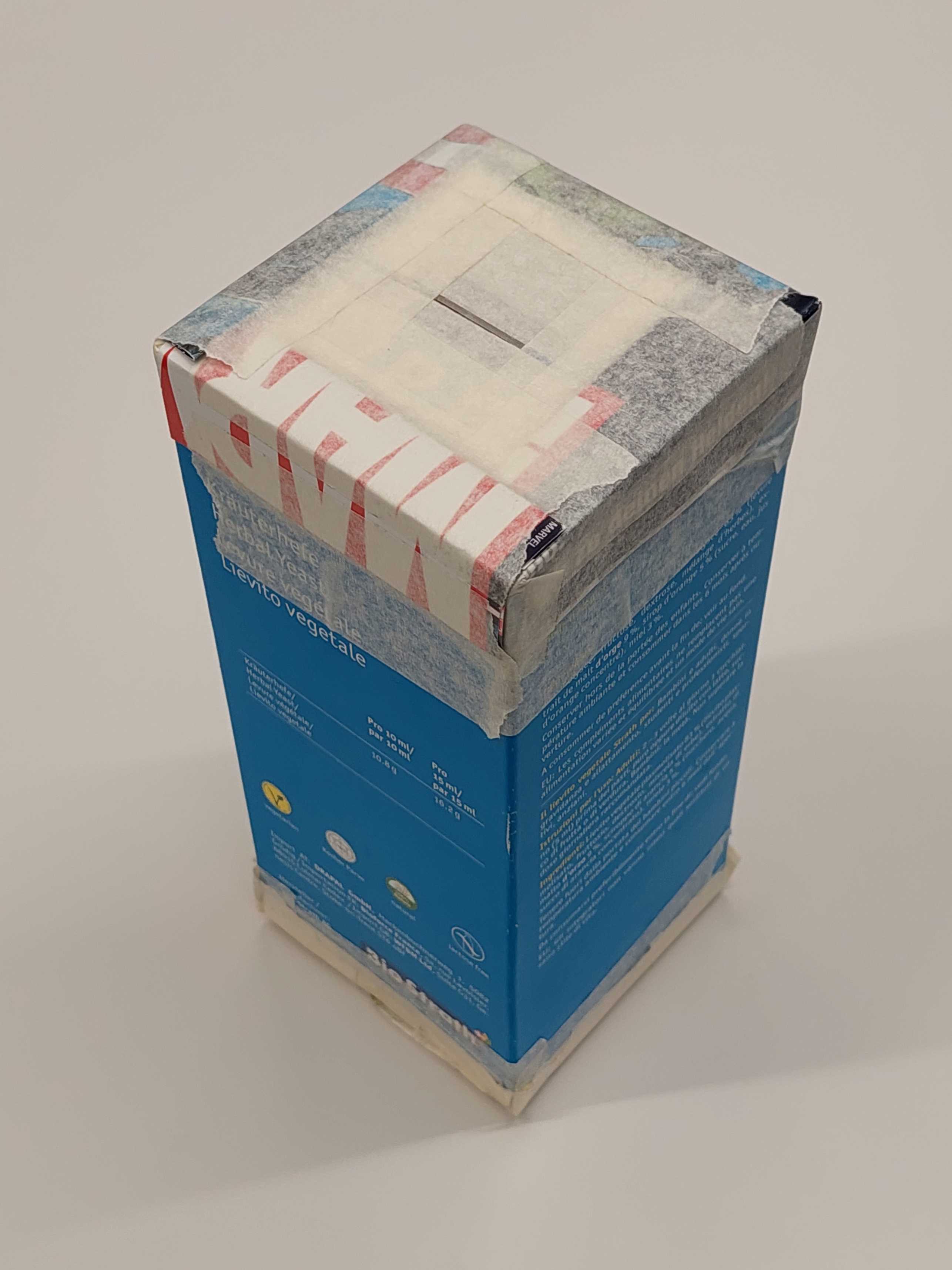Physics experiments at home
On 4 May, ETH Zurich is presenting the KITE Award to honour particularly innovative teaching projects and initiatives. In a short series, we present the three projects that made it to the final. All of them were created in the semesters of distance learning.

In March 2020, the 600 students of the physics lab course no longer had lamps, filters and measuring devices for their practical experiments, but just household objects: the university was forced to close its physics labs and it was impossible to buy non-essential items in shops during the initial lockdown. Looking back, Andreas Eggenberger, Head of Physics Lab Experiments, actually sees this as a positive: “The situation has helped us push ahead more quickly with the restructuring of physics labs that was already under way, while also devising new experiments. And students became aware that a physical way of thinking and problem-solving is equally possible in an everyday environment.”
Only a few days after the first lockdown on 16 March 2020, Eggenberger and his colleagues had already reconfigured the course. They created experiments that could be safely performed at home, provided results that could be assessed, and provided equal didactical value. The students used water bottles, cardboard, CDs or polarised sunglasses to determine the speed of sound, constructed a visible-light spectrometer or verified Malus’ law, which describes the intensity of light behind a polarisation filter. Instead of lab equipment, students used sensors present in every smartphone, along with basic household devices such as scales, thermometers or rulers.
The personal supervision required was almost even more challenging. Lecturers wrote detailed instructions and during the experiments, teaching assistants supervised up to eight students in parallel via Zoom. Students also had access to chats and forums for asynchronous support. Even so, these measures could not replace the level of interactive support available in the physics lab. Teaching assistants also found it very tricky to identify whether students had any problems or difficulties during the Zoom meetings.
Since Autumn Semester 2021, students are back on campus – and in the laboratories. The new “@home” experiments are still in the portfolio, however. A subsequent survey showed that more than three quarters of students would like to perform two or more experiments at home, even if the labs are still open on campus.
Innovation in Learning and Teaching Fair
This years’ KITE Award will be presented at the first Innovation in Learning and Teaching Fair on 4 May. This new event brings together two former events: the Learning and Teaching Fair, where ETH lecturers exchange innovative teaching ideas and projects, and the KITE Award, a prize conferred every two years by the Lecturers’ Conference to honour outstanding teaching innovations.
Registration KITE Award ceremony: www.ethz.ch/kite-registration
Detailed descriptions of all projects of the Fair: teachingfair.ethz.ch

Comments
No comments yet